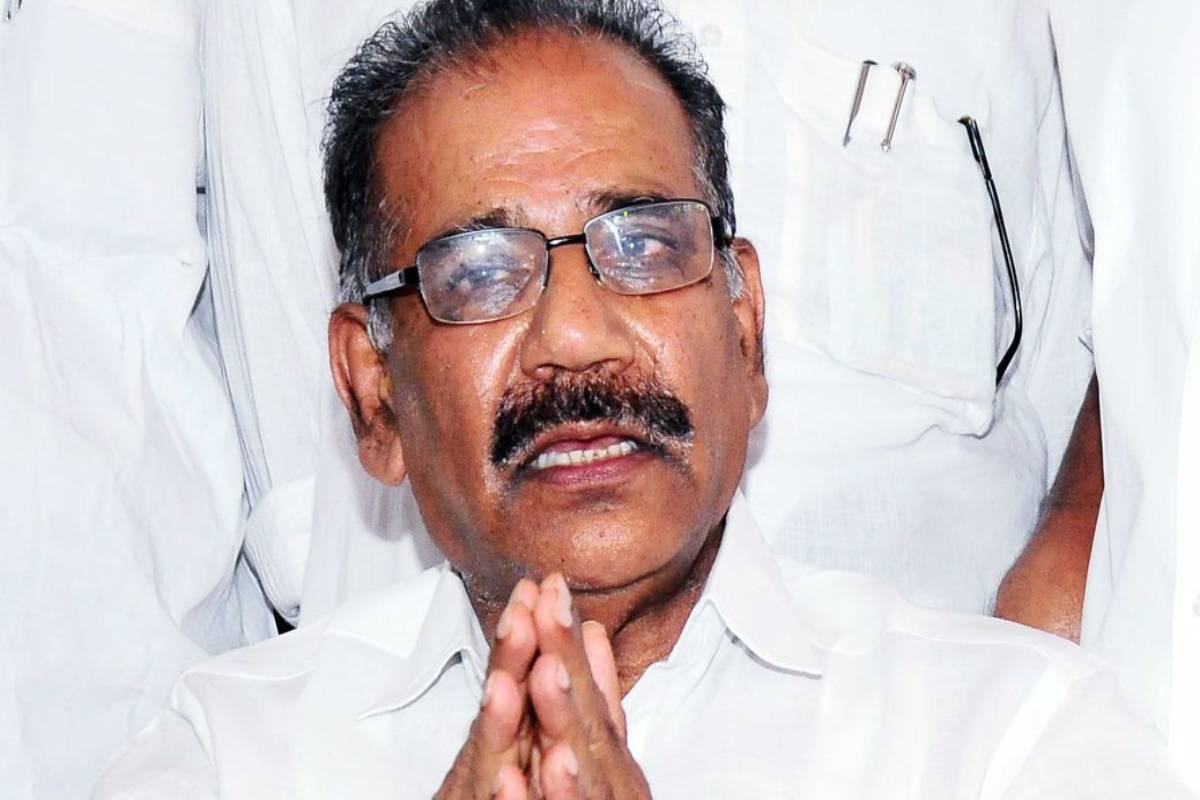Supreme Court rejects 100 per cent cross verification of EVM votes with VVPAT slips
The top court also rejected the prayers of petitioners to return to ballot paper voting system, calling it foible and unsound.
A three-judge bench of the Supreme Court, in its order on June 3, said that national parks, wildlife sanctuaries and such protected forests must have an ESZ of minimum one-km from their boundaries.

Kerala Forest Minister A K Saseendran
Amid mounting protests across the state against the flaws in the satellite survey carried out as a part of determining forest buffer zones, Kerala Forest Minister A K Saseendran on Sunday said that it (the satellite survey report) would not be submitted before the Supreme Court in its present form.
Speaking to media persons in Kozhikode, Saseendran said the report prepared based on the recent satellite survey carried out to demarcate the ecologically sensitive zones (ESZs) or buffer zones would not be submitted before the apex court.
“The report will be revised as per the opinions and complaints of the public. More time will be given for filing objections from the public with regard to the report. The validity of the commission has been extended to invite the complaints,” he said.
Advertisement
The Congress on Saturday threatened to lead a public agitation if the Left Government would not take immediate steps to address concerns of the farmers and common people who would be affected by the Supreme Court order to maintain a one-kilometre buffer zone around protected forests and wildlife sanctuaries across the country.
Besides the Opposition Congress-led UDF, outfits such as Kerala Independent Farmers Association (KIFA), Infam and Regional Farmers’ Collectives — with the backing of the Kerala Catholic Bishops’ Council (KCBC) — have also announced their protest plans.
The Congress has decided to organise its protest declaration convention at Koorachundu in Kozhikode on December 20.
A three-judge bench of the Supreme Court, in its order on June 3, said that national parks, wildlife sanctuaries and such protected forests must have an ESZ of minimum one-km from their boundaries.
The court said that the guidelines issued by the Ministry of Environment, Forest and Climate Change (MEF & CC) on February 9, 2011, which have either banned or regulated a bunch of activities within the ESZ, should be strictly adhered to.
A satellite survey conducted by the Kerala government to identify human settlements and agricultural areas, which should be exempted from the purview of one km of eco-sensitive zones of protected forest tracts in the state, has drawn flak from the Opposition Congress, the Church and various farmer outfits in the state.
The satellite survey had identified around 50,000 buildings, mostly residential, that would come in the one-kilometre buffer zone around 23 protected forest areas – national parks and wildlife sanctuaries. Residential buildings, commercial buildings, educational institutions and worship centres are among the 50,000 odd buildings that come in the buffer zone as per the satellite survey.
“The boundaries of wildlife sanctuaries which border human settlements should be fixed at least one kilometre away from protected forest areas. The government should convince the Central Wildlife Board and Supreme Court in this regard,” said Kerala Catholic Bishops Council (KCBC) president Cardinal Baselios Cleemis.
The High Range Samrakshana Samiti (HRSS) has come out strongly against the ‘lack of clarity’ in the satellite survey conducted by the state government to earmark the buffer zones around protected areas in Kerala.
HRSS general convener Fr. Sebastian Kochupurackal said the report has been prepared without proper verification.
“In view of the Supreme Court order, we had demanded that the government appoint a panel to conduct the study. We also sought the inclusion of representatives of farmers in the panel. But the government arbitrarily constituted a panel,” said Fr Kochupurackal.
Meanwhile, Opposition leader VD Satheesan on Sunday said that the Left government took no steps to carry out a proper manual survey utilising the local bodies across the state and instead opted for a satellite survey after wasting several months’ time.
It was in June that the apex court had directed that a one-kilometre-wide buffer zone needs to be maintained around protected forests and wildlife sanctuaries across the state, he said.
Advertisement